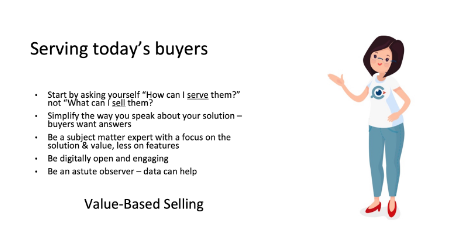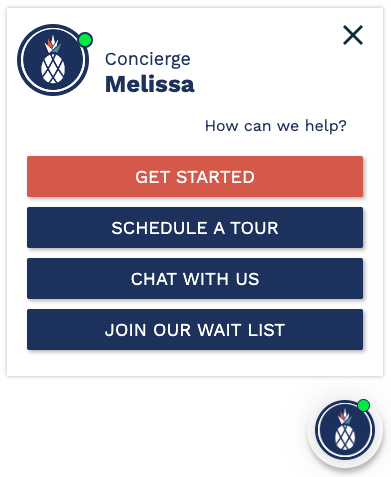
Value-based selling is presenting your product or service in terms of the value it creates for customers. This value comes from the solution you’re offering being well-matched to your customer’s needs.
The opposite of value-based selling is transactional selling, where the goal is to close the sale as quickly as possible, often by offering discounts or other incentives.
Transactional selling is a good approach for low-cost, standardized products or services with short sales cycles—it’s probably pretty clear to you which category senior living sales fall into. We’re not selling big-screen TVs here!
Building trust and establishing long-term relationships with prospective residents and their families is essential in this industry.

With that in mind, here are six steps for senior living sales reps to follow for value-based success:
- The first step in value-based selling is to identify the unique needs of each prospect. Ask targeted questions and use active listening and to gain a deeper understanding of their situation and what they are looking for in a senior living community. For instance, Mom is 85, her memory is failing and she needs a walker. 70-year Barb and Jim, on the other hand, love to travel and play golf three times a week.
- Once you have identified the prospect’s needs, the next step is to align your services with those needs. Present your community’s offerings in a way that resonates with them and meets their specific requirements. In our example, you would describe maintenance-free Independent Living to Barb and Jim, and round-the-clock, compassionate Memory Care to Mom and her family.
- Based on the customer’s needs, create a customized value proposition that highlights how the benefits of your services fit what they are looking for. This should be communicated clearly and concisely.
- Demonstrate the value of your services by highlighting how they can improve the prospect’s quality of life. Showcase your community’s amenities, services, and programs that meet their needs. Testimonials from current residents count for a lot here!
- Address any concerns or objections that the customer may have about your services, using active listening and empathy to understand and address their concerns in a way that alleviates their uncertainties.
- The final step is to follow up with the customer and build relationships with them over time. Remember, it usually requires at least 22 touches (digital or in-person interactions) and takes a minimum of 107 days from initial inquiry to move-in. Ongoing communication, excellent customer service, and promptly addressing any issues that arise will help you close the sale in the end.

These six pillars will help you and your team build a successful value-based selling strategy for the senior living industry. In our next article, we will explore this topic further with a deeper dive into tools for value-based selling.
Try Waypoint’s Navigator Solution

One of the most effective ways to combine art and science in senior living sales is with a virtual sales assistant. Waypoint’s Navigator VSA begins the rapport-building process by addressing common questions and concerns as soon as prospects interact with your community’s website.
Our Lifestyle Quiz feature gathers data from each individual prospect that helps your in-person sales team understand their unique needs, and offer a personalized experience.
